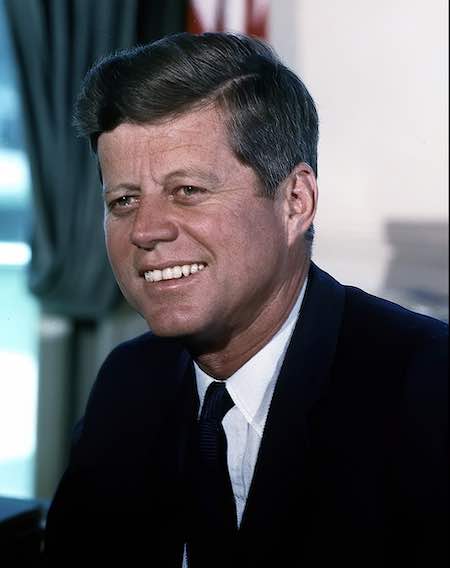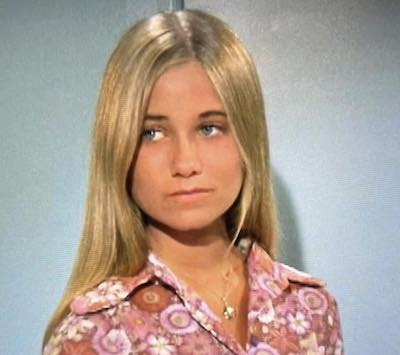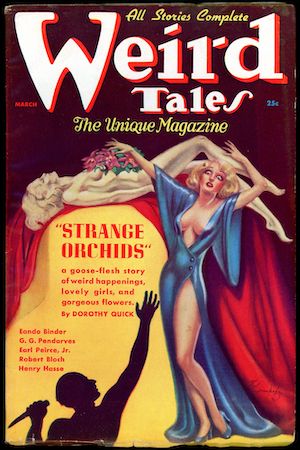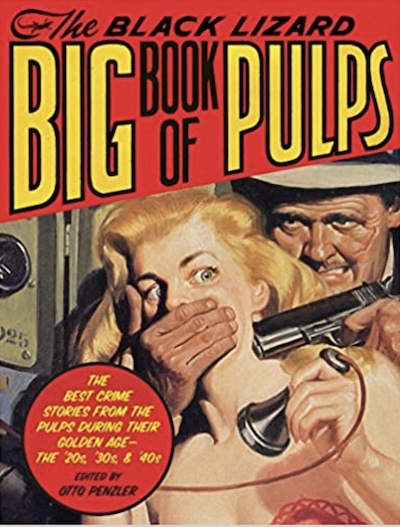Twenty-two years have passed now, since the concerted terrorist attacks of September 11, 2001.
As I’ve remarked in recent years on this date, I’m acutely aware that for the younger generation of adults, 9/11 is not memory, but history.
My grandparents and Pearl Harbor
While the date retains its significance for those of us who are old enough to remember it, I’m realistic about such matters. And hey, I was young once, too.
My grandparents often spoke of Pearl Harbor as if December 7, 1941 were yesterday. For me, though, Pearl Harbor was a historical event that took place 27 years before I was born. It simply didn’t carry the same weight for me.
It’s therefore okay if you’re in the under-thirty crowd, and find that talk of 9/11 doesn’t pack the same emotional wallop for you that it does for many older adults. I’m not here to lecture you on that.
The past makes the present
You should, however, learn about 9/11, just as I learned about Pearl Harbor and World War II. I learned about Pearl Harbor and World War II not because those events were immediately relevant to me, but because understanding those events helped me to better understand the world in which I was growing up, in the 1970s and 1980s. World War II, after all, shaped the “postwar” world. Hence the name.
And the same applies to you, coming of age in the post-9/11 world. You need to know about 9/11 not just for commemoration and respect, but also for understanding the somewhat messed-up country in which you are coming of age.
(And just for the record: I don’t envy you on that one.)
9/11 and the beginning of the culture wars
9/11 began a chain reaction that transformed the United States from a relatively optimistic and united country in the 1980s and 1990s, to a far more cynical, distrustful place riven by partisan divisions.
Here’s a very short explanation: In the immediate aftermath of 9/11, Americans were initially united. Our nation had just been attacked, after all, and the 9/11 terrorists attacked all of us. The September 11th bombers didn’t care if you were a Democrat or a Republican. If you were an American (or, indeed, anyone who didn’t subscribe to their particular interpretation of Islam), they were willing to take your life in order to make a point.
After the attacks, though, we couldn’t agree on what should be done in response.
Should the US return to its mostly Western, mostly Christian roots, in a defensive posture? Or should it more assertively embrace multiculturalism and diversity?
Should we ban the Quran? Or teach it in schools (so that Americans will better understand Islam)?
Should we withdraw from the Middle East? Or remove bellicose dictators from countries like Iraq by force?
Questions like this are at the heart of what we now call the “culture wars”. Although we don’t argue very much about Islam nowadays, we are preoccupied with a similar raft of questions. For example:
Should we focus on what unites us as Americans? Or should we dwell on racial injustices of the past?
Should we accept the “heteronormativity” of human societies within a context of tolerance for all? Or should we take extraordinary steps to promote alternative interpretations of sexuality and gender?
Believe it or not, such questions were less prominent in 1993 or 1983. While these matters may have occupied the occasional university classroom debate, the vast majority of Americans would have looked at you cross-eyed if you’d posed such questions.
9/11 focused a quarter of the population on both real and imagined grievances (the “woke”), and a quarter of the population on both real and imagined external threats (the MAGA crowd).
The rest of us remained in the middle. But guess what? 9/11 also turned the term “centrist”—once something that most people aspired to be—into a pejorative. And now we have a culture in which almost anything can become a source of controversy or outrage. No one is listening to the centrists anymore.
9/11 weaved suspicion and fear into the fabric of daily life. I remember taking commercial flights in the 1990s with nothing more than a boarding pass and a quick show of my passport. No one was going to body-search you before you boarded a plane.
Until 9/11, that was.
America was not an “innocent” country before 9/11/2001. (Our innocence had ended in the 1960s.) But it was a country that was much more at ease with itself, and with its fellow citizens.
Everything changed on 9/11/2001, and mostly not for the better. That’s why you need to learn about 9/11, even if you are too young to actually remember it.
-ET













